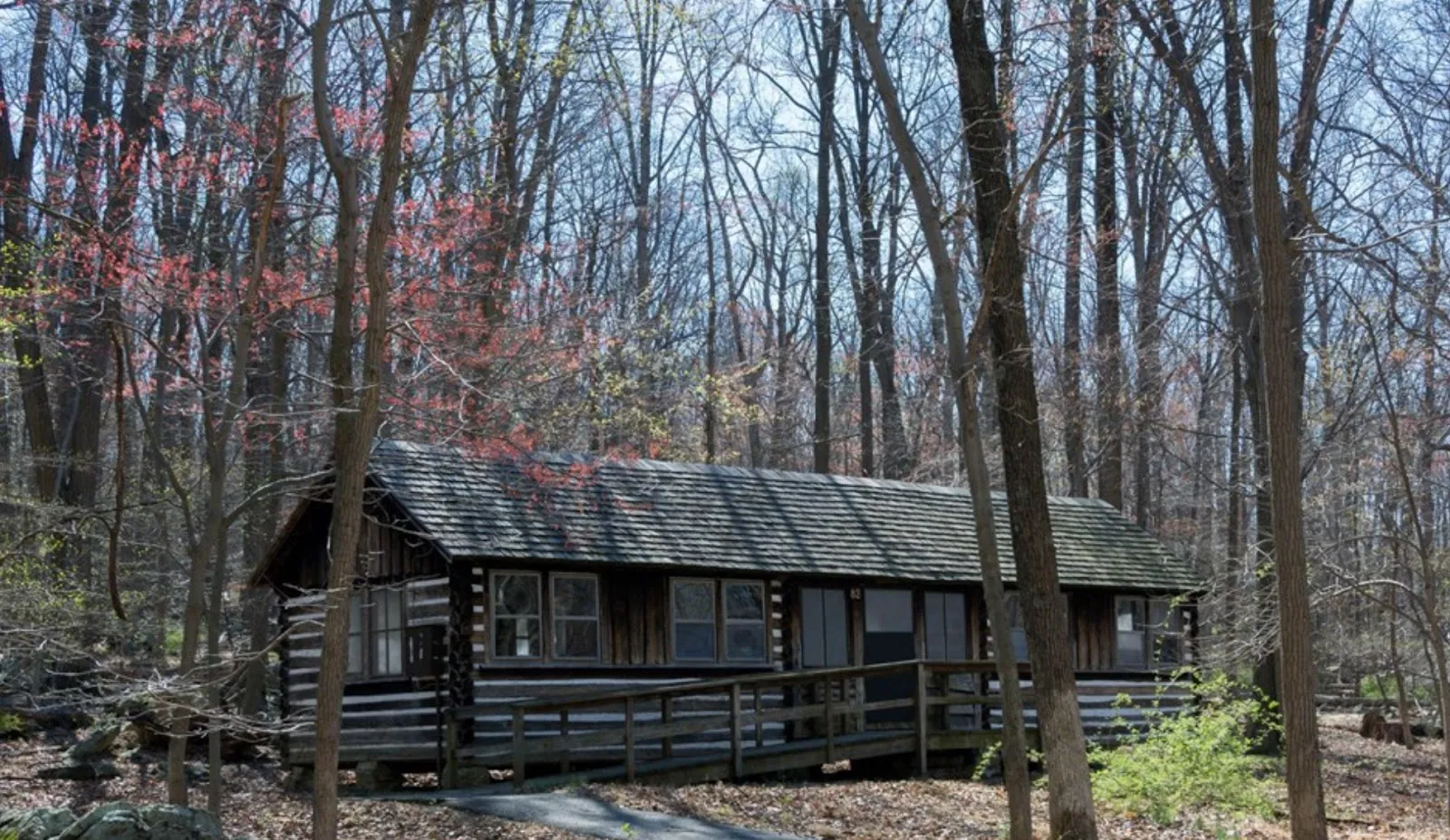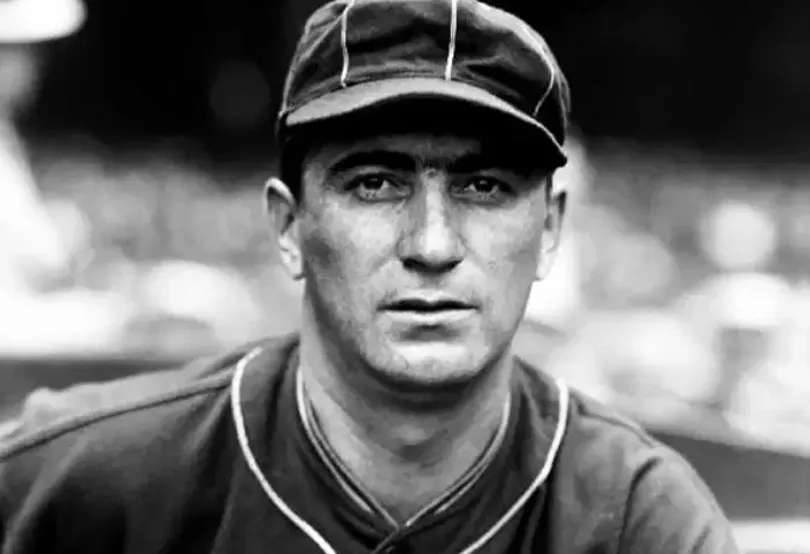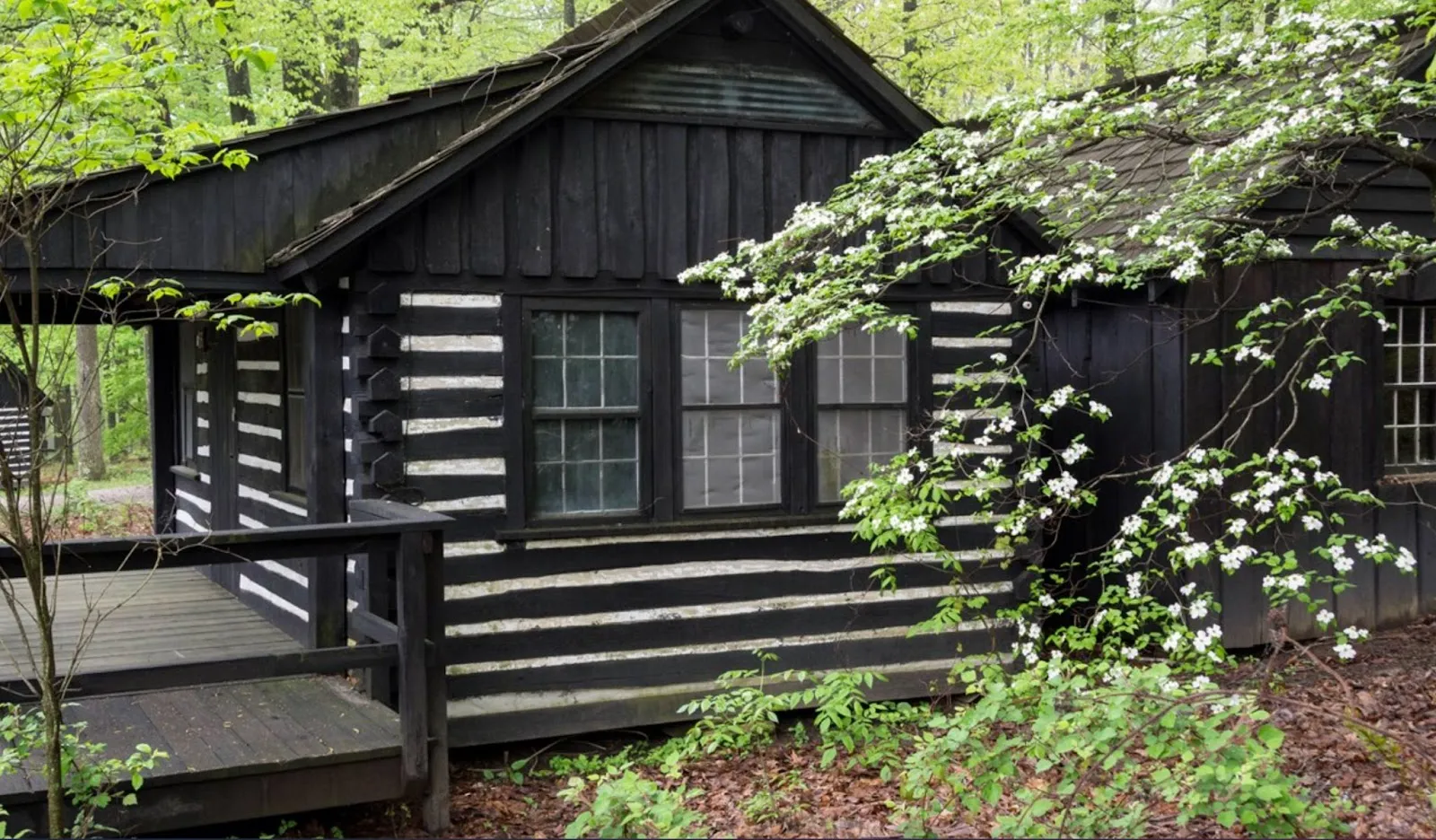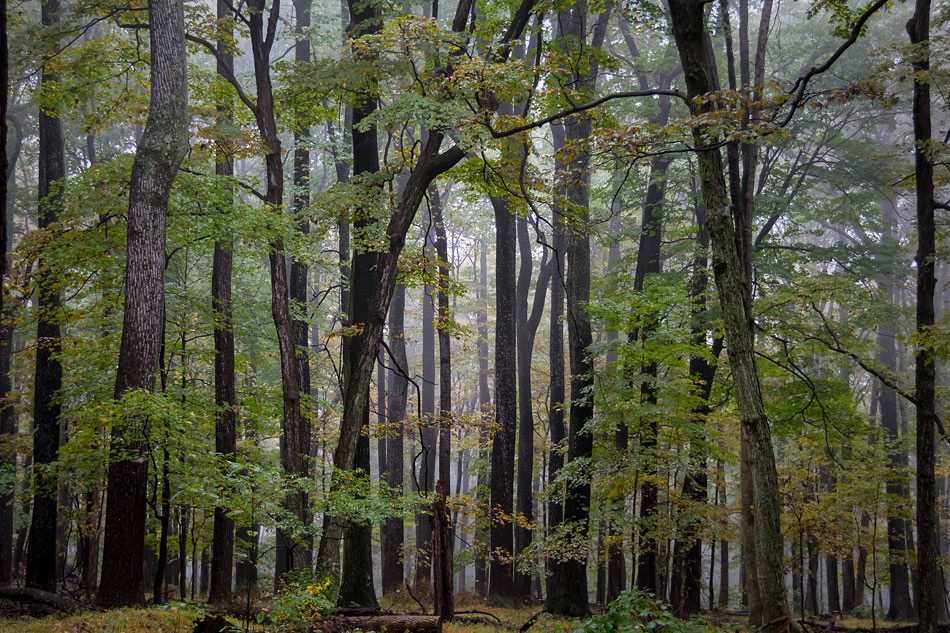Secrets of Camp Greentop, the US Spy Hideaway for OSS Recruits
In a quiet corner of Maryland, the secrets of spies still echo and a gravel path snakes through a verdant forest to reveal Catoctin Mountain Park’s Camp B-2 - aka Camp Greentop - one of America’s first schools for spies and saboteurs.
The former spy training ground in the northeastern US is now rented out to large groups for overnight stays and a hike through the lush woods is a stroll through history.

Camp Greentop OSS Training Camp
The Office of Strategic Services (OSS) occupied leafy Camp Greentop in 1942 and the tentacles of the spy camp stretched deep into wooded areas that later became the presidential retreat, Camp David. The sprawling 5,770-acre park was an ideal location for a paramilitary training school.
Camp Greentop’s revolutionary nature sprang from its eclectic recruits - Ivy League scholars, artists, crafty swindlers, expert forgers, and battle-hardened military personnel - all steered by iconic WWI hero General William ‘Wild Bill’ Donovan, a man with a talent for ‘dirty tricks’ and a passion for baseball grenades, exploding flour, and other sneaky spy gadgets.
Donovan’s most famous OSS officers included chef Julia Child, actor Sterling Hayden, and the remarkable baseball player Moe Berg who spoke 10 languages including German and Japanese. Donovan’s OSS officers became known as the ‘Glorious Amateurs’ who helped the Allies win the Second World War. Later, from the ashes of the OSS, the CIA and US Special Forces were born.
The OSS’s primary role was to engage in sabotage, subversion, and propaganda while synchronizing espionage operations behind enemy lines for the US Armed Forces. Much like the ungentlemanly spies trained in Britain and at Canada’s Camp X, Camp Greentop’s operatives ‘set Europe ablaze’ behind enemy lines.

Unconventional and ‘ungentlemanly’ warfare
By April 1942 - four months after the US entered WWII - Camp Greentop was transformed into a mock warzone with an obstacle course and target ranges for small arms, grenades, and mortars. The former camp for disabled children was now a commando-style training facility with an OSS ‘Trainasium’ Obstacle Course.
There was also a ‘Demolition Trail’ walking path. As OSS trainees traveled back and forth between Camp Greentop and nearby Camp Round Meadow, instructors randomly set off small explosive charges. Students quickly learned to stay low and keep their heads down.
"The brand new social experience where you activate your gaming skills as you train like a spy."
- TimeOut
Take on thrilling, high-energy espionage challenges across different game zones.

The British designed the OSS pistol house (located on the grounds of the stables today) to prepare US recruits for urban fighting. After a few weeks at the camp, students were told to report alone to the mysterious pistol house and challenged to undertake a mock mission: Make contact with a group of enemy saboteurs and maintain that contact until one of you is wiped out.
As students navigated the house - nicknamed the House of Horrors - a hidden phonograph supplied background noise including men speaking German. The floors were unstable and included frequent drops. “As they moved through the house they encountered Papier-mâché Nazis with pistols,” according to the US Park Service.
Get tough, get down in the gutter
The lethal killing course was led by an unlikely guide - W. E. Fairbairn, a short, slender, and unassuming former British Royal Marine, author of Get Tough. He was a martial arts master who joined the Shanghai Municipal Police in 1907. Fairbairn survived hundreds of violent street fights over 20 years, earning him the nickname ‘Dangerous Dan’.
“I teach what is called ‘gutter fighting,” Fairbairn said. “Get tough, get down in the gutter, win at all costs.”
Elite WWII operatives known as the OSS Jedburgh commandos - whose motto was Surprise. Kill, Vanish - also trained at Camp Greentop before daring missions behind Nazi-occupied lines in France, Belgium, and the Netherlands where they coordinated airdrops of arms, supplies, and radios to resistance members opposing the Nazi occupation.

A camp for warriors
The wartime camp consists of 12 rustic, chestnut cabins that once housed 10 officers apiece, along with staff quarters, a mess hall, an infirmary, and recreational buildings for classrooms. In addition to physical challenges, OSS spies needed to learn basic survival techniques including compass and map reading, cryptography, foreign languages, forgery techniques, and how to create disguises.

Spies shared a latrine and wash bowls, and there was no hot water in the early days. The camp simulated conditions officers faced in WWII - basic living quarters without life’s little luxuries. Their lives depended on being able to survive in difficult conditions.
The capacity at B-2 in October 1943 was 149, (20 officers and 129 enlisted men). Today's camp office is the former OSS HQ and the classrooms behind the office once accommodated 15 to 20 OSS students studying the art of unconventional warfare.

Intrigued? Donovan’s ideal OSS spy was ‘a Ph.D. who could win in a bar fight’. Why not test your mettle with a stay at Camp Greentop? You may even want to measure your spy skills with our authentic OSS training challenges.
SPYSCAPE+

Join now to get True Spies episodes early and ad-free every week, plus subscriber-only Debriefs and Q&As to bring you closer to your favorite spies and stories from the show. You’ll also get our exclusive series The Razumov Files and The Great James Bond Car Robbery!


Gadgets & Gifts
Explore a world of secrets together. Navigate through interactive exhibits and missions to discover your spy roles.
Your Spy Skills
We all have valuable spy skills - your mission is to discover yours. See if you have what it takes to be a secret agent, with our authentic spy skills evaluation* developed by a former Head of Training at British Intelligence. It's FREE so share & compare with friends now!
* Find more information about the scientific methods behind the evaluation here.


Stay Connected
Follow us for the latest
TIKTOK
INSTAGRAM
X
FACEBOOK
YOUTUBE